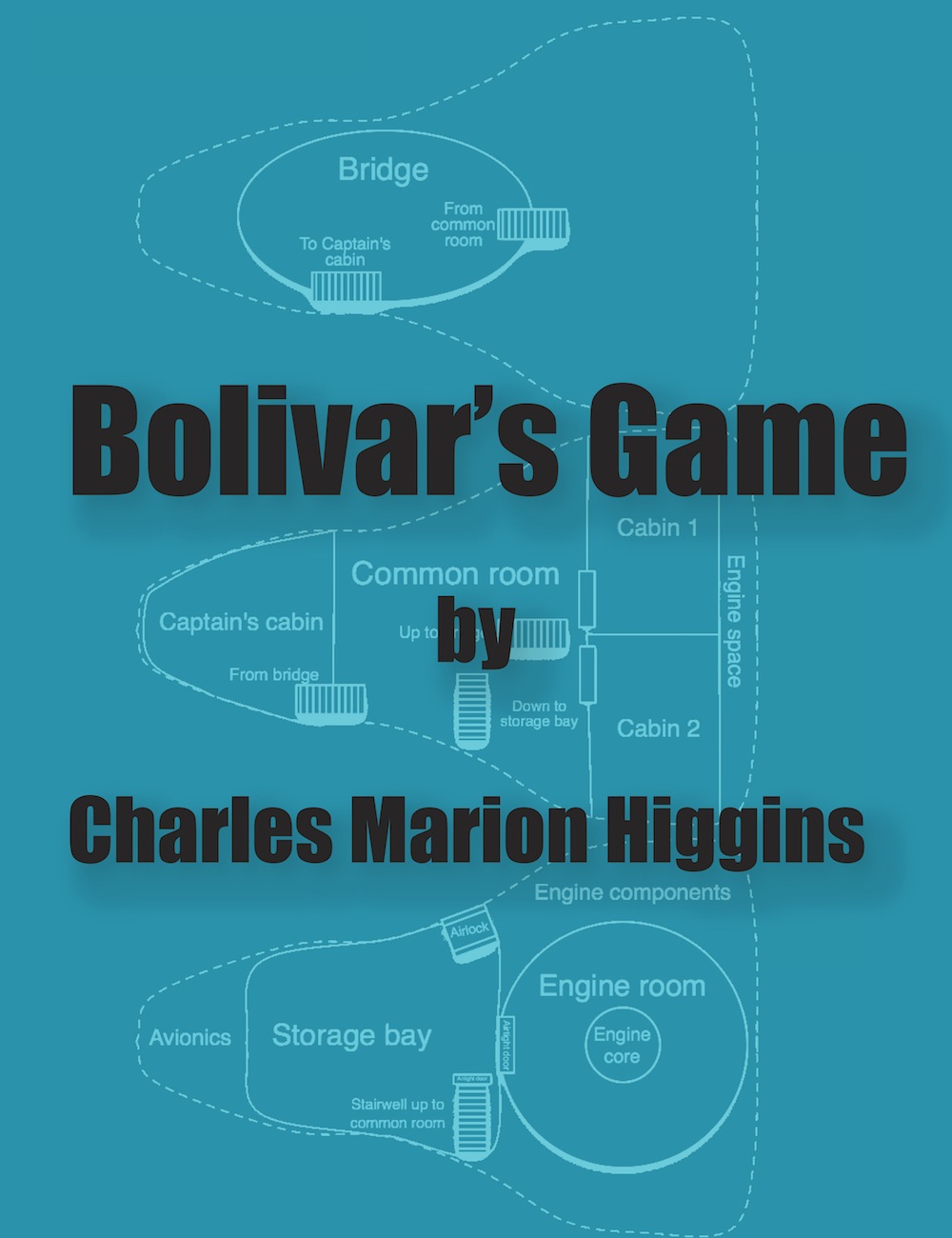The field of neuroscience is moving toward understanding how sensory systems compute under closed-loop control. It is important to step away from open-loop experiments, i.e. where an animal cannot interact with its sensory inputs, because in the real world sensory neurons are passengers on a moving body whose sensory inputs are intimately related to its behavior. The challenge with performing these experiments under natural conditions is that conventional electrophysiology equipment is too bulky to be placed on a freely behaving animal. To solve this problem, we have designed a robotic electrophysiology instrument whose velocity is determined by bioelectrical signals from an animal, in our case the hawk moths and flies (model organisms for visual motion detection, olfaction, and insect flight). This robotic instrument allows us to perform electrophysiological experiments while a moth is onboard and controlling the robot, which, in engineering terms, closes the loop. With this instrument we will characterize visual motion detection neurons and investigate the use of these neurons as biosensors for robots.

The Mothbot
- Projects
- Last Updated: Thursday, 25 October 2012 01:28
Last Updated: Thursday, 25 October 2012 01:28






